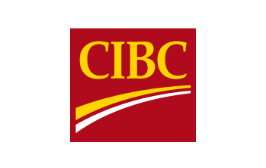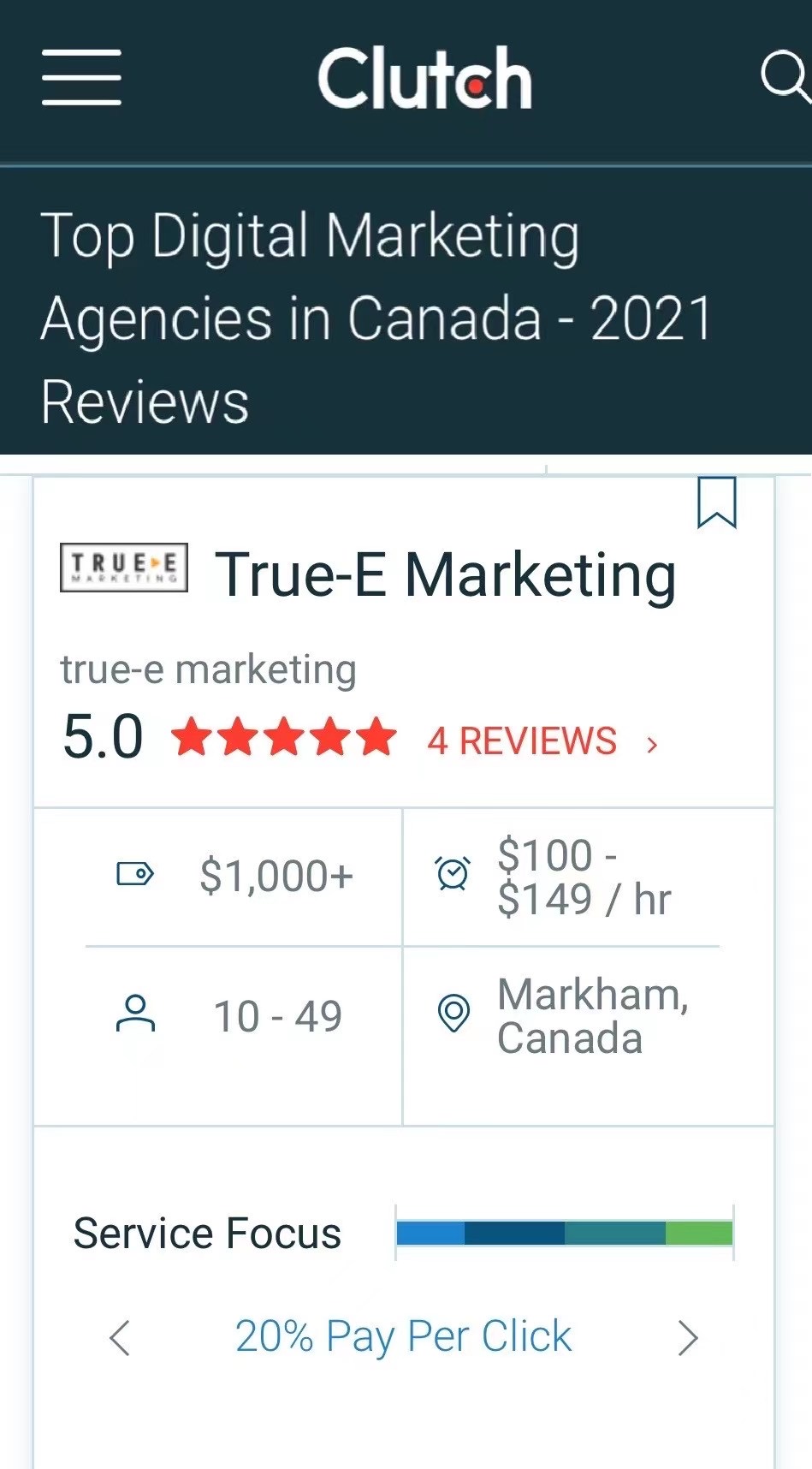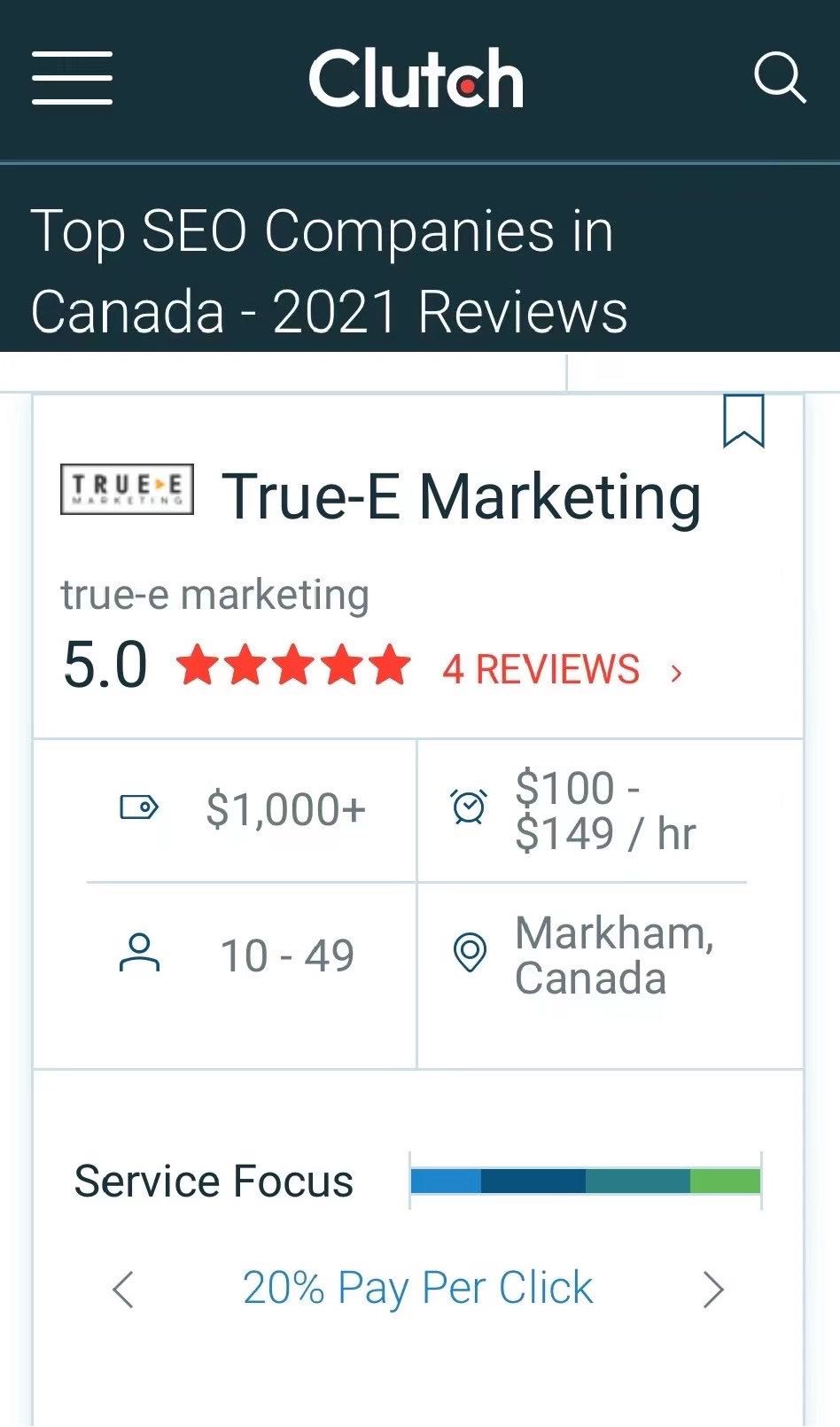Optimizing Your Website: A Comprehensive Guide to On-Site SEO
In the realm of digital marketing, Search Engine Optimization (SEO) plays a pivotal role in determining the success of a website. On-site SEO is a fundamental aspect of this strategy, involving optimizations made directly on your web pages to enhance search engine visibility and user experience.
To kickstart your journey into the realm of on-site SEO, here’s a comprehensive guide that covers the key elements you need to focus on to ensure your website ranks well on search engines.
The Importance of On-Site SEO
On-site SEO lays the foundation for your website’s search engine rankings. By optimizing factors like content quality, meta tags, internal linking, and site structure, you can enhance your site’s visibility and relevance for target keywords. This not only improves your chances of ranking higher on search engine results pages but also enhances the user experience, resulting in lower bounce rates and higher engagement metrics.
Key On-Site SEO Techniques
1. Keyword Optimization: Conduct thorough keyword research to identify relevant keywords for your content. Strategically place these keywords in your titles, headings, meta descriptions, and body content to improve search engine visibility.
2. Meta Tags: Optimize your title tags and meta descriptions with relevant keywords to attract users to click on your search results. Crafting compelling meta tags can significantly impact your click-through rates.
3. Content Quality: Create high-quality, relevant, and engaging content that satisfies user intent. Valuable content not only attracts users but also encourages backlinks and social shares, which are crucial for SEO.
4. Internal Linking: Develop a strong internal linking structure to guide users and search engine crawlers through your site. Internal links help distribute link equity, improve crawlability, and establish topical relevance.
Optimizing Your Website: A Continuous Process
Remember, on-site SEO is not a one-time task but an ongoing process that requires continuous monitoring, analysis, and optimization. Regularly audit your website for technical issues, update your content, and adapt to search engine algorithm changes to stay competitive in the digital landscape.
By implementing these on-site SEO techniques and staying informed about industry best practices, you can position your website for success and drive organic traffic over the long term.




































